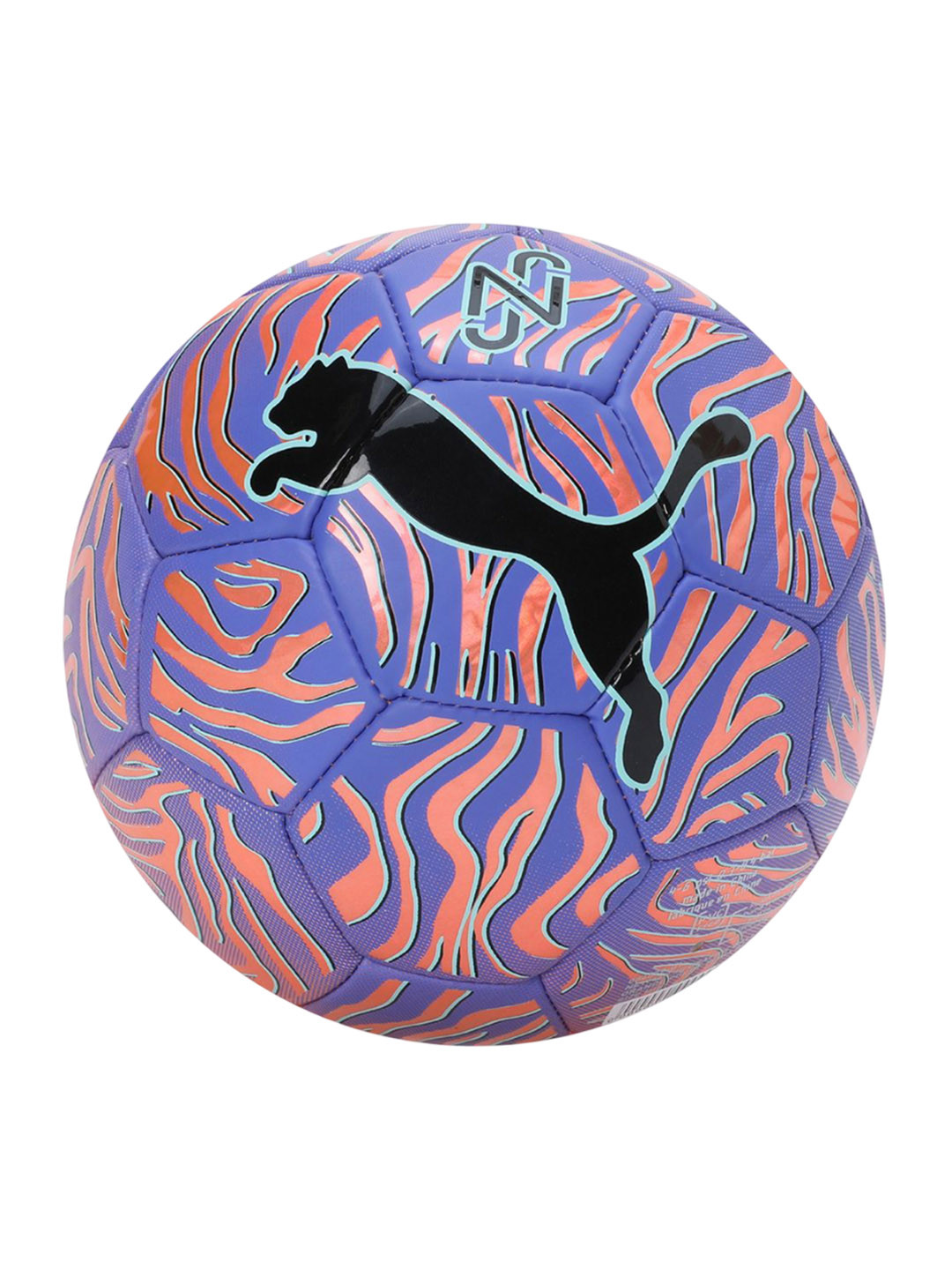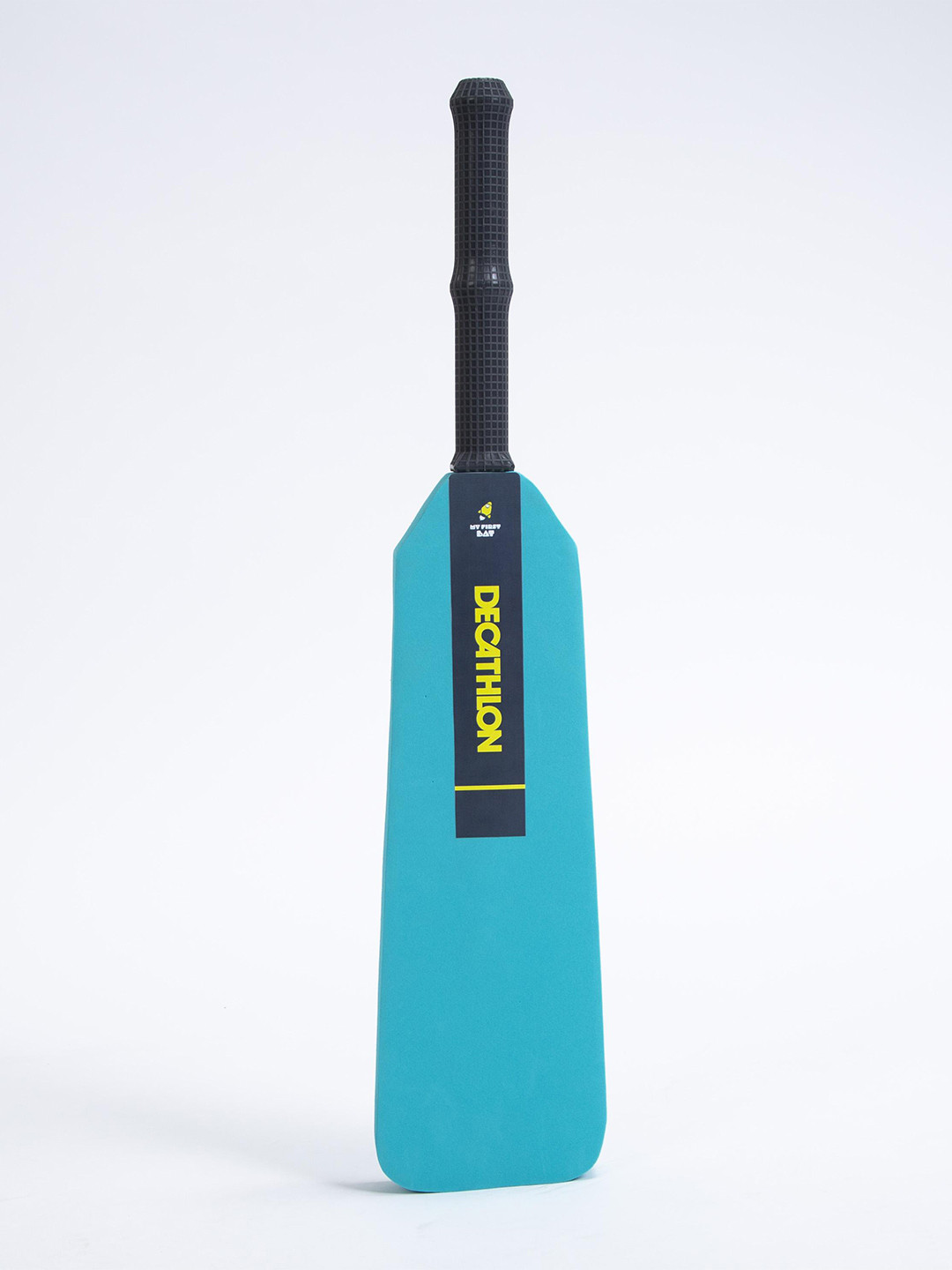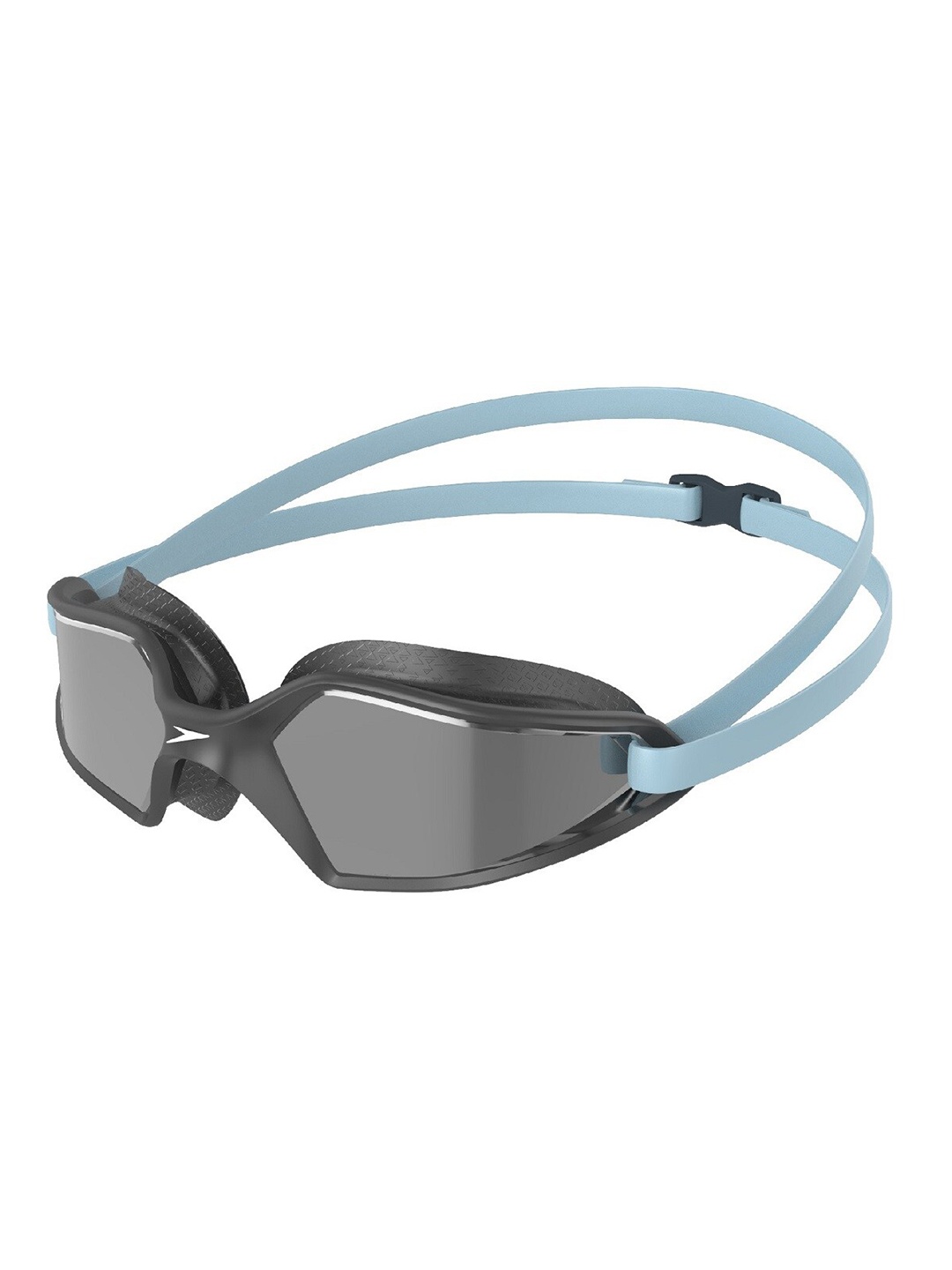Inclined Or Flat Running? How To Maximise Your Workout On A Treadmill
When it comes to treadmill workouts, there is more to consider than just hitting the start button and running at a steady pace. But which is better: flat running or incline running? Explore how to maximise your fitness goals faster.

How To Maximise Your Workout On A Treadmill
For many, the treadmill is an essential piece of equipment in the pursuit of fitness. It's reliable, easily accessible, and offers a controlled environment for running, no matter the weather outside. But even with all that convenience, there's one crucial question that still haunts treadmill enthusiasts: flat running or incline running?
You might have heard that increasing the incline can ramp up the intensity of your workout, but does it make a difference? And if so, how do you choose between flat running and incline running for the most effective workout? Whether you're a seasoned gym-goer or just starting out, understanding the benefits of both options can be the key to getting the most out of your treadmill time.
So, let's dig in and explore the pros and cons of each, so you can step off that treadmill feeling like you've truly maximised your workout.
1. Understanding Flat Running: The Classic Approach
Flat running – the staple of treadmill workouts – is the one most of us are familiar with. It's exactly as it sounds: you run at a steady pace on a horizontal surface. While this may seem straightforward, there's more going on than meets the eye.
Flat running is great for improving cardiovascular endurance. It gives your heart a solid workout as it must pump oxygen-rich blood to your muscles while you maintain a consistent speed. This helps you build stamina over time, and if you're working toward increasing your endurance, flat running is the perfect starting point.
For those just beginning a fitness journey or recovering from an injury, running on a flat surface is also the safest bet. It places less stress on your joints compared to running uphill, reducing the risk of overexertion or injury. Plus, it's an excellent way to practice running form, giving you time to focus on your technique without the added challenge of gravity.
However, this doesn't mean flat running doesn't have its limits. Although you're getting a solid cardiovascular workout, your muscles (especially in the legs) aren't pushed to their maximum capacity. It's great for beginners, but those looking to take their fitness to the next level might want to consider adding incline to the mix.
2. Incline Running: A Game Changer For Your Workout
Now, let's talk incline. Increasing the incline on your treadmill transforms your workout into something more dynamic. Running at an incline adds resistance, simulating the experience of running uphill, which forces your body to work harder.
One of the standout benefits of incline running is the boost it provides to your calorie burn. According to studies, running at a 5-10% incline can help you burn up to 50% more calories than running on a flat surface at the same speed. So, if weight loss is part of your goal, incline running should be your secret weapon.
But the benefits don't stop there. When you run uphill, you're also engaging your glutes, hamstrings, and calves to a much greater extent. This targeted muscle activation helps sculpt and strengthen these areas, which can help you build lean muscle. Over time, you'll notice improved muscle tone and strength, particularly in your lower body.
Incline running isn't just about building muscle, though. It also boosts cardiovascular fitness by pushing your heart rate up, which can be incredibly beneficial for overall health. If you want to get the most out of your treadmill session, raising the incline is an easy way to enhance your workout.
3. The Best Of Both Worlds: Combining Flat And Incline Running
Why choose one when you can have the best of both worlds? By alternating between flat and incline running during your session, you can enjoy a more balanced and effective workout. This hybrid approach allows you to experience the benefits of both training methods without overloading your body.
For instance, you can start with a warm-up at a gentle flat pace, gradually increasing your incline for a higher-intensity session. After that, return to a flatter surface to cool down or recover. This alternating approach helps prevent muscle fatigue, while also allowing you to target different muscle groups, keeping your workouts varied and interesting.
The real beauty of mixing flat and incline running lies in its versatility. You can adjust your session to match your energy levels or training goals, making it easy to modify your workout as needed. Whether you want to go all-in on calorie burning, focus on building muscle, or simply enjoy a steady-state run, this combination offers the flexibility to do it all.
4. Increased Muscle Engagement With Incline Running
When it comes to muscle engagement, incline running takes the lead. Running on a flat surface predominantly engages the quadriceps, while incline running activates a broader range of muscles. The steeper the incline, the more muscle groups are engaged.
The glutes, hamstrings, and calves work overtime when you're running uphill, as they need to push your body upwards against gravity. This leads to greater muscle activation and, consequently, muscle growth and toning. If you've been struggling to target those stubborn glute muscles, incline running is your ticket to seeing some progress.
The incline also improves your running posture. When you're pushing uphill, you naturally lean forward slightly, which works your core muscles more. This core activation enhances your stability, which is beneficial for other exercises and sports.
Even your heart benefits from incline running. It has to pump harder to supply your body with oxygen as you challenge yourself, leading to better cardiovascular health over time. If you're aiming for stronger, leaner legs and improved overall fitness, incline running should definitely be part of your workout routine.
5. Calorie Burn: Which Is More Efficient?
If weight loss is your primary goal, you may be wondering which option – flat or incline – will help you burn more calories. As mentioned earlier, incline running can significantly increase calorie expenditure. Running uphill requires more energy because your body has to work against gravity. Even at a moderate speed, this can lead to a higher calorie burn than running at the same pace on a flat surface.
The difference in calorie burn between incline and flat running becomes especially noticeable when you push the incline to 5-10%. At this level, your body will burn more calories without needing to run at a faster pace, which is particularly helpful if you're trying to avoid putting too much strain on your joints or muscles.
However, don't discount flat running altogether. For some people, flat running can still be a more effective calorie-burning option, especially if you increase your speed and incorporate intervals. The key to maximising calorie burn is variety – alternating between flat running, intervals, and incline running ensures that your body stays challenged and engaged.
6. Minimising The Risk Of Injury: Is Incline Safer Than Flat Running?
While running on a treadmill can be low-impact compared to outdoor running, there are still risks associated with both flat and incline running. When it comes to injury prevention, flat running tends to be easier on the body because there's less strain on your muscles and joints.
However, incline running comes with its own set of benefits. When you run at an incline, the angle reduces the impact on your knees compared to running on a flat surface. It also takes the pressure off your lower back, as the incline helps maintain a more upright posture, which can prevent strain during long sessions.
Still, overdoing it on an incline can cause muscle fatigue, especially in the calves and quads, so it's crucial to ease into incline running gradually. Start with a slight incline, and as your fitness level improves, increase the angle. Be mindful of your body's signals to avoid injury, and always listen to your muscles when they need a break.
7. Building Endurance: How Flat Running Helps You Go The Distance
If you're working on building endurance, flat running is an excellent choice. Running on a flat surface lets you focus on maintaining a steady pace over an extended period, which is key to improving your stamina. It's a great way to develop a strong foundation for longer runs, such as 10ks, half marathons, or even marathons.
Endurance is the ability to keep going for longer periods, and flat running gives you the time and space to develop this essential skill. Once your stamina improves, you can challenge yourself with higher inclines or add speed to your sessions for a more intense workout.
However, don't be fooled into thinking flat running is a walk in the park. It still requires dedication and effort to build endurance, particularly when you're pushing yourself to run for extended periods or at faster speeds. With regular practice, you'll notice that your endurance increases significantly, preparing you for tougher challenges ahead.
8. Mental Benefits: Which Type Of Running Keeps You Motivated?
When it comes to maintaining a consistent treadmill routine, motivation plays a huge role. Some people find that running at an incline keeps their workout interesting and mentally stimulating. The added challenge of running uphill means you need to stay focused and push through the discomfort, which can create a sense of accomplishment and boost your confidence.
Others prefer the steady rhythm of flat running. Without the added challenge of incline, it can feel more relaxed and easier to zone out, making it a great option for those who prefer a less intense workout. Flat running can be meditative, allowing your mind to wander while still getting a solid cardio workout in.
Ultimately, the mental benefits depend on your preferences and goals. If you enjoy a challenge and like to feel the burn, incline running will keep you motivated. If you prefer a more relaxed, steady pace, flat running offers a mental break while still benefiting your health.
Products Related To This Article
1. RPM Fitness by Cult RPM757MI 5.5 HP Peak Power with Max Weight:130kg, Auto Inclination And Massager Treadmill
2. Durafit Panther Peak5.5HP DC Motorized Treadmill
3. FITKIT By Cult FT98 Carbon (2HP Peak) Max Weight: 90Kg And 12 Preset Program For Home Gym Treadmill
4. AVON Fitx , Single Function Manual Jogger, Foldable By Manual Knob Lock incline Treadmill
5. FitX MANUAL 4-In-1 Multi J-1560 For Home Use Treadmill
6. Maxpro PTM400 4 HP Peak DC Motorized Foldable With LED Display Treadmill
7. Lifelong Chaze By Milind Soman CZTM25 Fit Pro 2.5 HP With Heart Rate Sensor Treadmill
8. Cult smartrunc2 4HP Peak With Max Weight: 120kg For Home Gym Workout Motorised Treadmill
When it comes to treadmill workouts, there's no one-size-fits-all solution. Flat running offers endurance and ease, while incline running takes your workout to the next level, engaging more muscles and burning more calories. The best approach depends on your fitness goals, preferences, and how you feel on any given day.
For optimal results, consider mixing both types of running to build strength, improve endurance, and keep your workouts fresh and challenging. Whether you're aiming to lose weight, tone muscles, or simply stay fit, understanding the benefits of incline versus flat running can help you tailor your workout to suit your needs. Whatever you choose, remember that consistency and variety are key to a well-rounded fitness routine.
Disclaimer: The images used in this article are for illustration purpose only. They may not be an exact representation of the products, categories and brands listed in this article.




























